Project Description
Herbert George “H. G.” Wells 21 September 1866 – 13 August 1946 was an English writer, now best known for his work in the science fiction genre. He was also a prolific writer in many other genres, including contemporary novels, history, politics and social commentary, even writing textbooks and rules for war games. Wells is one person sometimes called “The Father of Science Fiction”, as are Jules Verne and Hugo Gernsback. His most notable science fiction works include The War of the Worlds, The Time Machine, The Invisible Man and The Island of Doctor Moreau.
Wells’s earliest specialized training was in biology, and his thinking on ethical matters took place in a specifically and fundamentally Darwinian context. He was also from an early date an outspoken socialist, often (but not always, as at the beginning of the First World War sympathizing with pacifist views. His later works became increasingly political and didactic, and he sometimes indicated on official documents that his profession was that of “Journalist.” Most of his later novels were not science fiction. Some described lower-middle class life Kipps; The History of Mr Polly, leading him to be touted as a worthy successor to Charles Dickens, but Wells described a range of social strata and even attempted, in Tono-Bungay 1909, a diagnosis of English society as a whole.
Wells’s diagnosis of ‘mild diabetes’ distinctions of type 1 and type 2 did not exist then came in his early 60s, around 1930. As of July 1931 he became a private patient of the famous physician RD Lawrence. In 1933, Lawrence wanted to build a diabetes in-patient department at King’s College Hospital where he worked and wrote to all his private patients asking for donations.
Wells contributed a meager sum, which left Lawrence unimpressed. Wells responded by pleading poverty and added that: “Such charity should be and was the concern of all diabetics.” With this in mind, he offered to write a letter to The Times appealing to readers for donations. A letter from a personality with such prominence and academic stature was bound to draw attention and its appearance sparked a huge response that meant Lawrence soon had the money for the department he wanted.
With such success, Lawrence and Wells decided just a year later in 1934 that Wells would write to The Times again, this time proposing the formation of a Diabetic Association. The response was such that the organization was established within months with Wells duly installed as its president. The name may have changed it went from the Diabetic Association to the British Diabetic Association in 1954 and, in 2000, to today’s Diabetes UK but the aims set out in Wells’s second letter to The Times are broadly similar to those of the charity today: “To promote the study, the diffusion of knowledge, and the proper treatment of diabetes in this country.”
In January 1935, on the opening pages of the first issue of The Diabetic Journal, the very first incarnation of Balance, Wells wrote: “Our characters are strengthened by a perpetual self-control; we have come to detest the pasty and the saccharine in thought, word and deed. We shall be plain and fine with each other. Formerly diabetics died, but now I shall begin to look for the diabetic influence in every aspect of life, in art, science, conduct, a new delicate strength, a restraint and a clearness. Am I writing nonsense? Not altogether. For my own part I have certainly found diabetes an invigorating diathesis.”

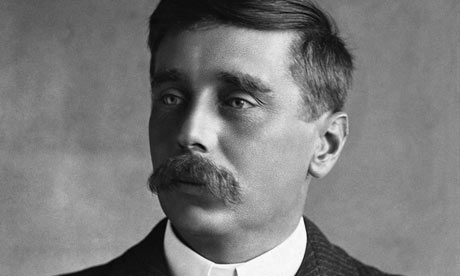
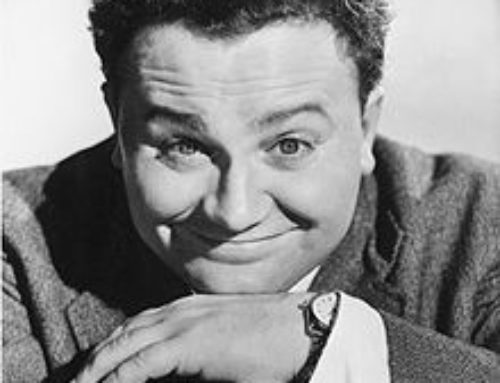
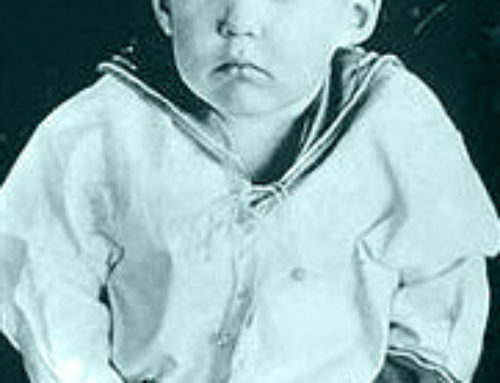
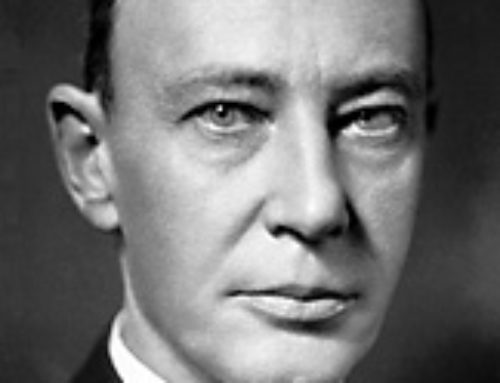
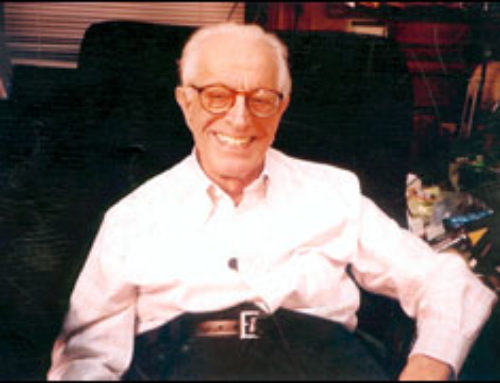
Leave A Comment